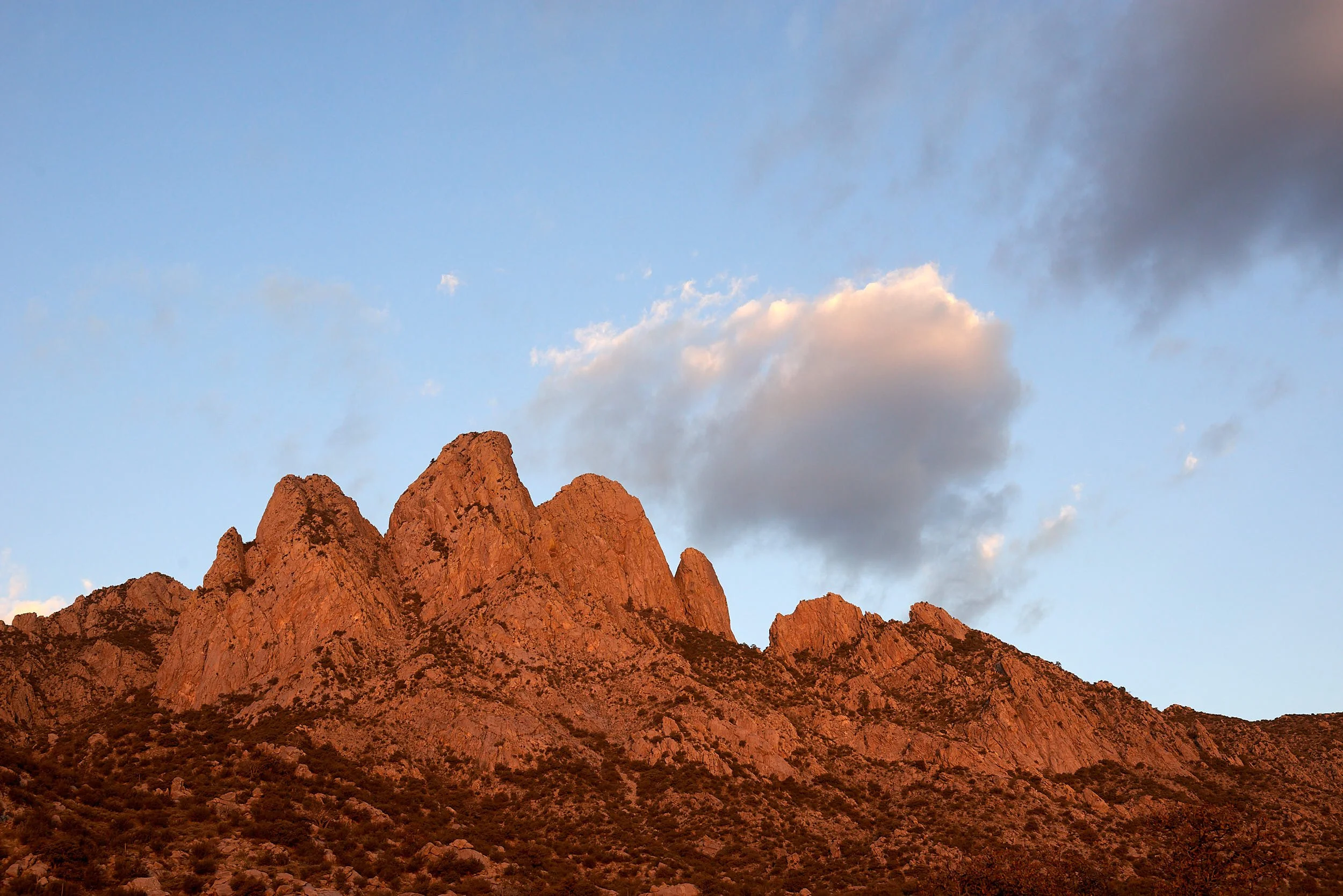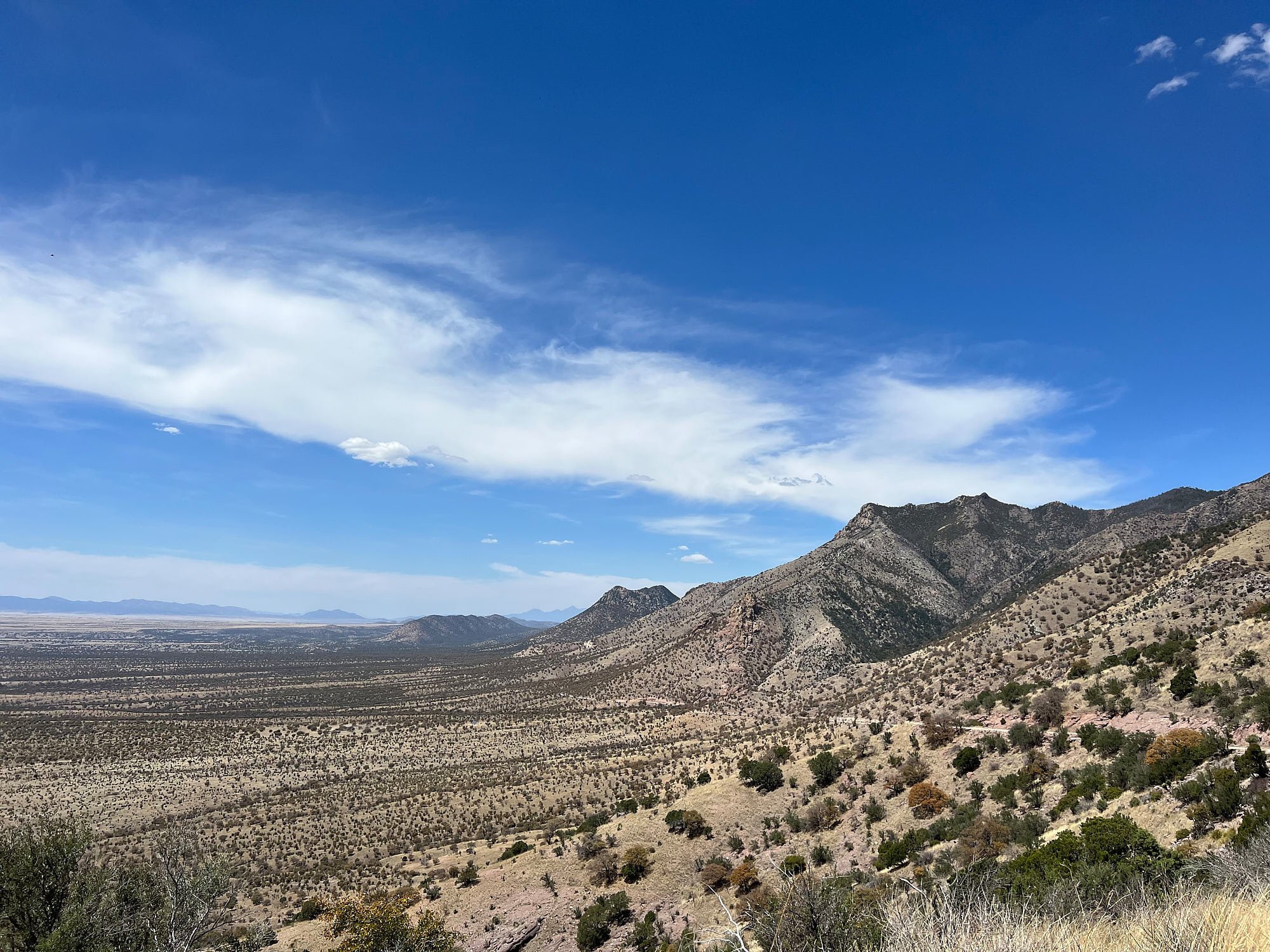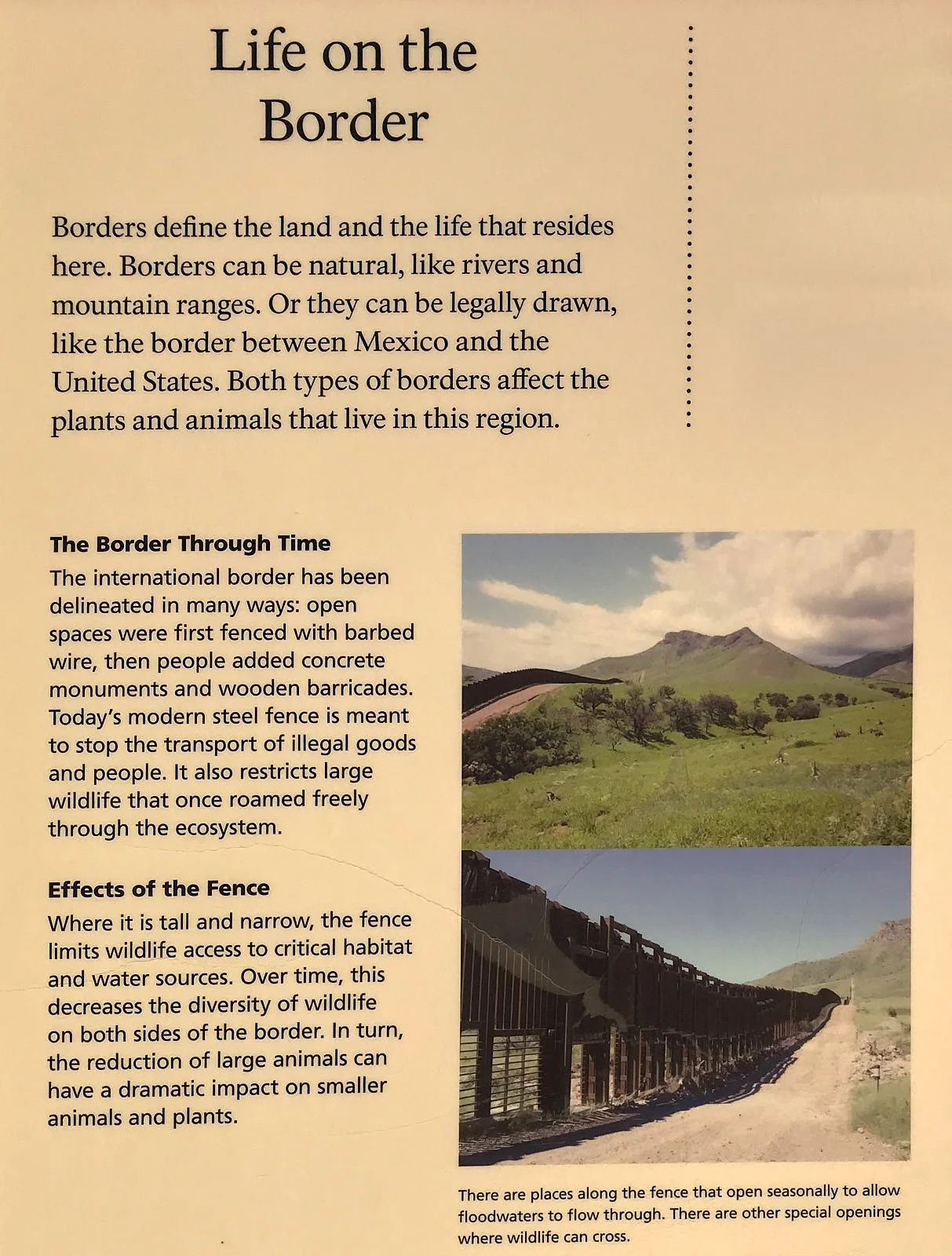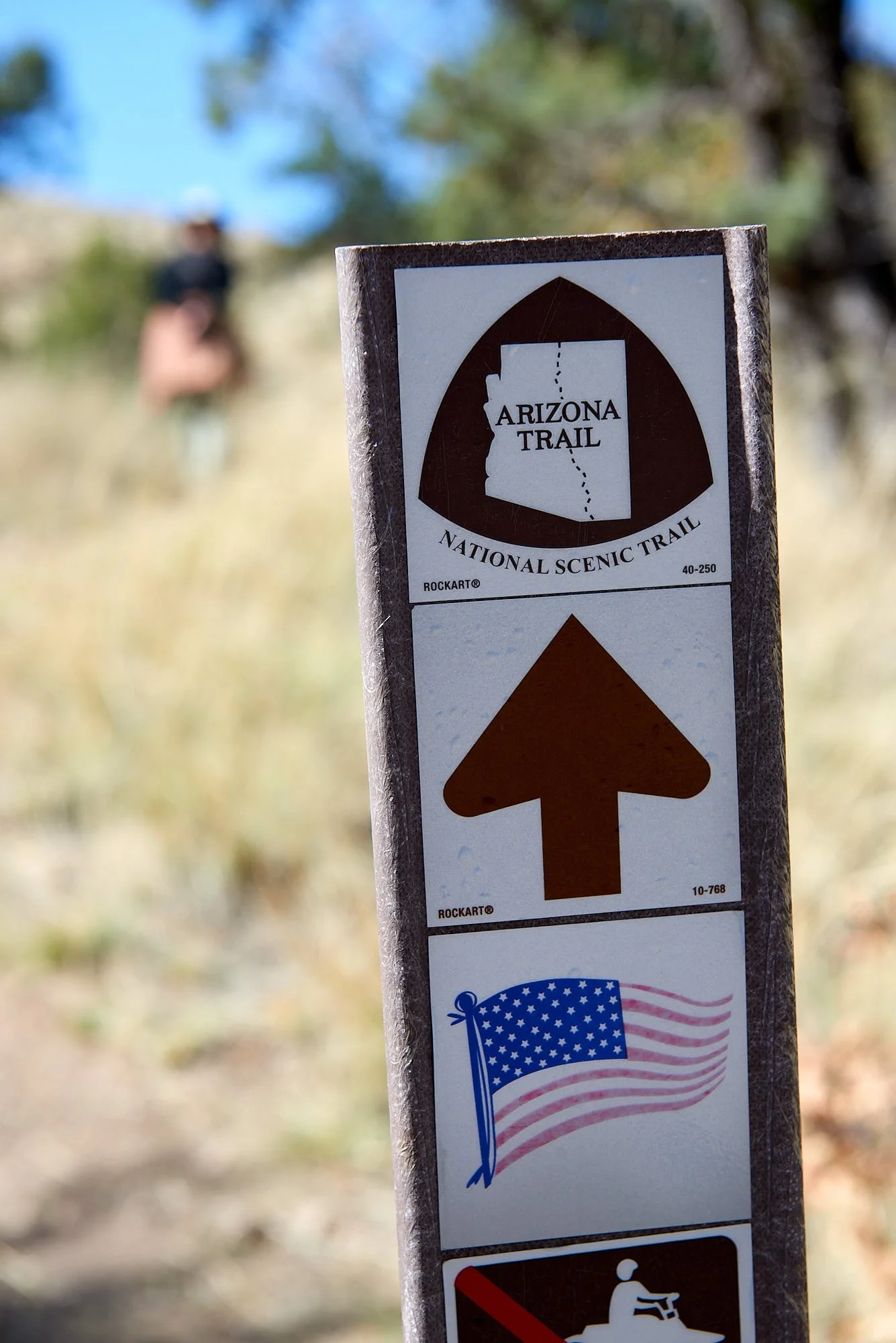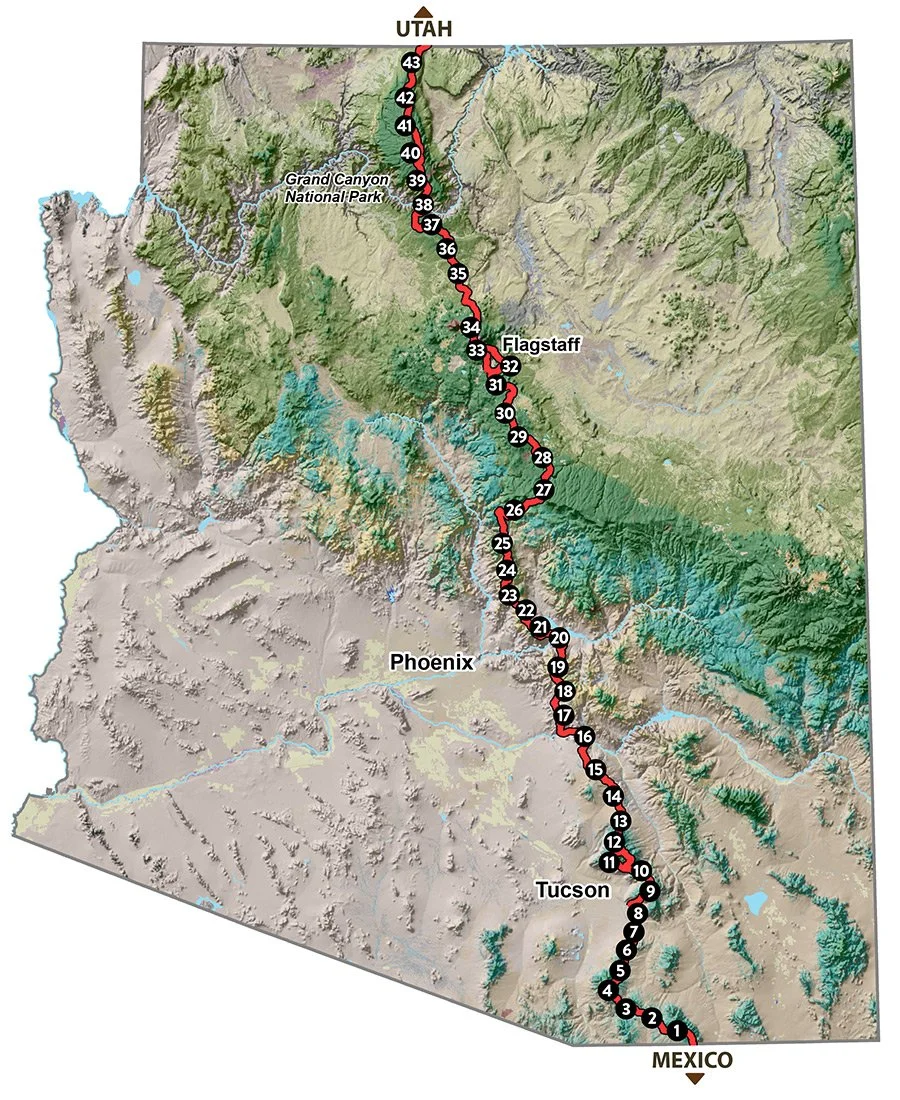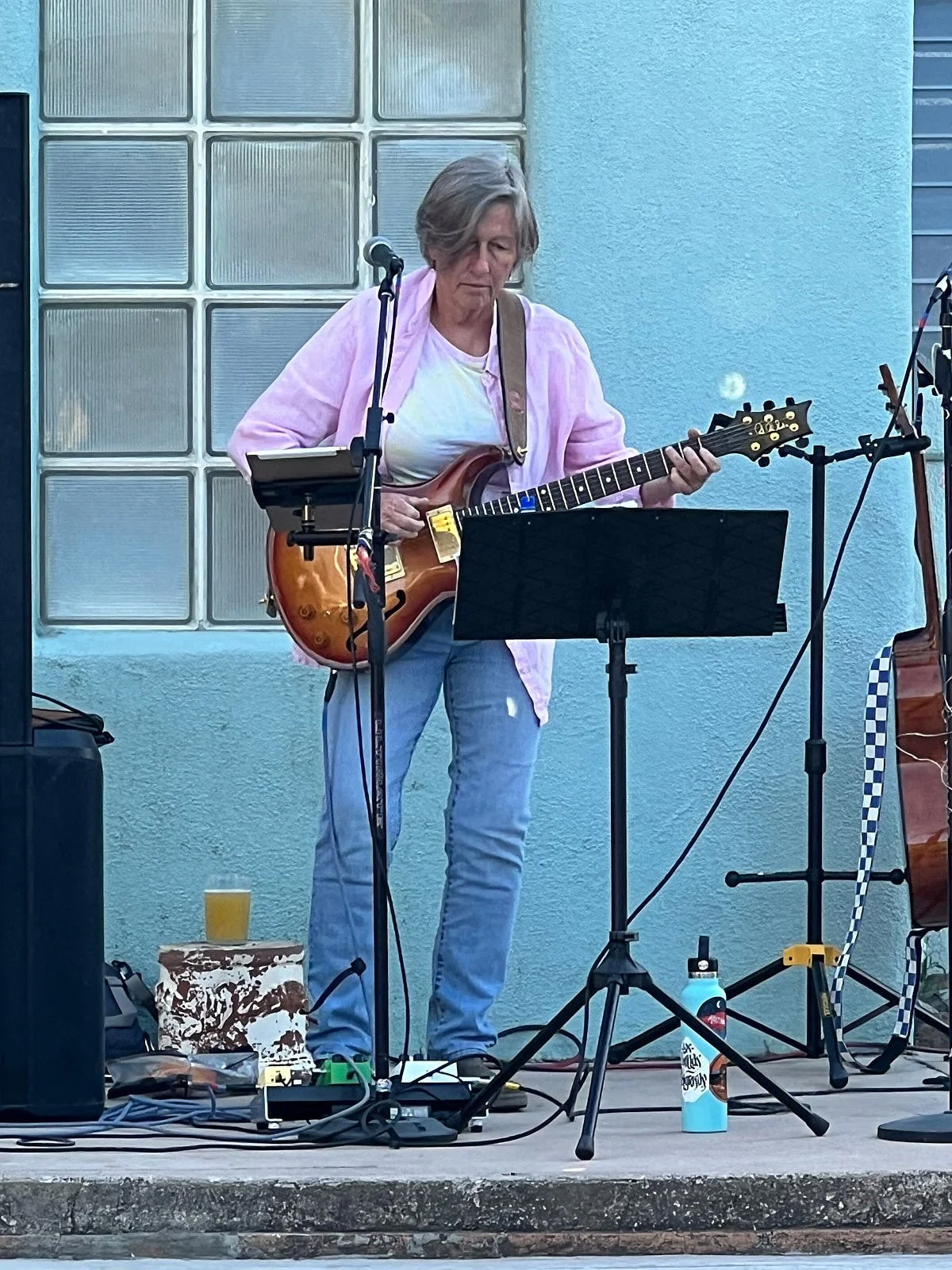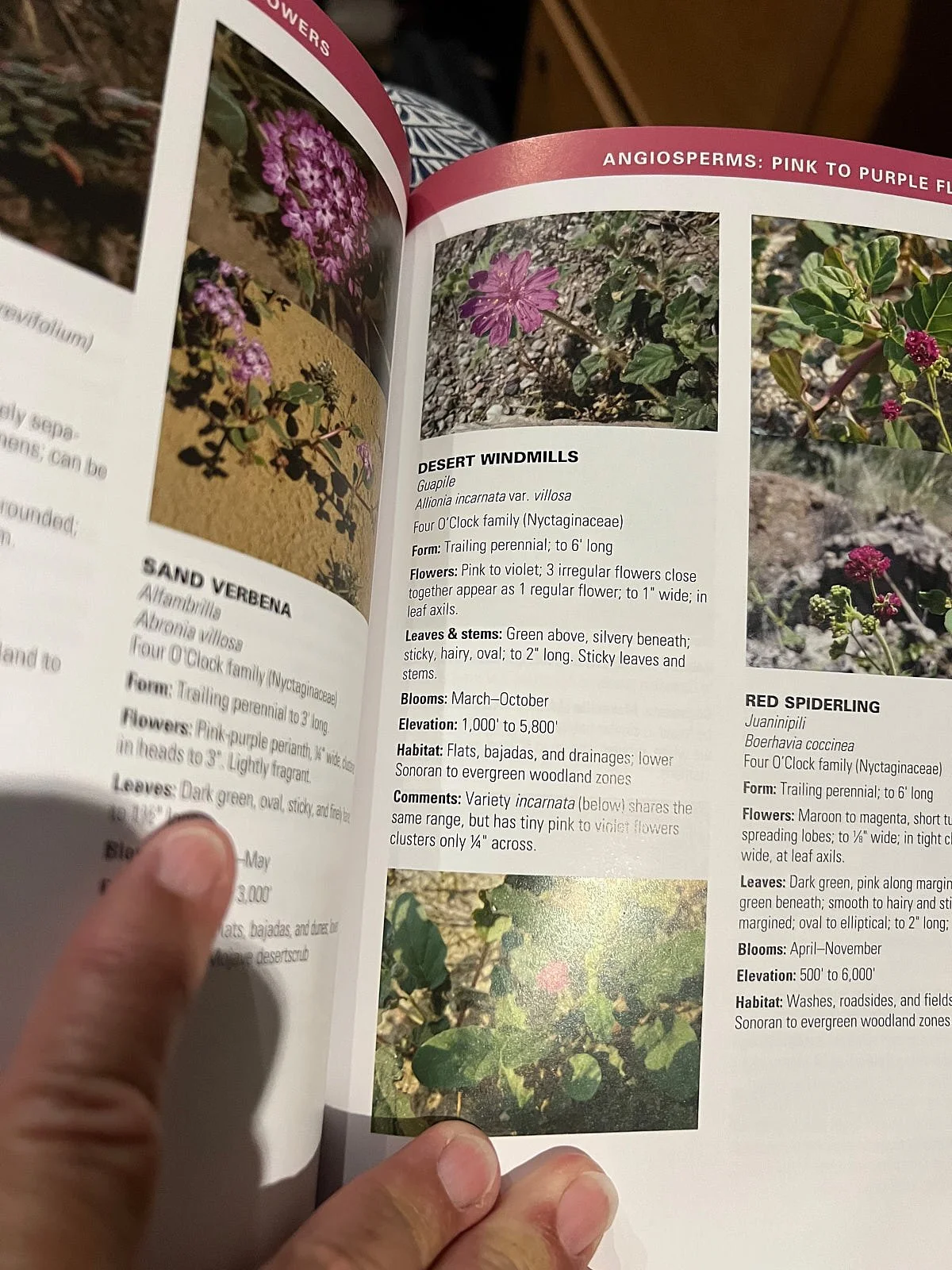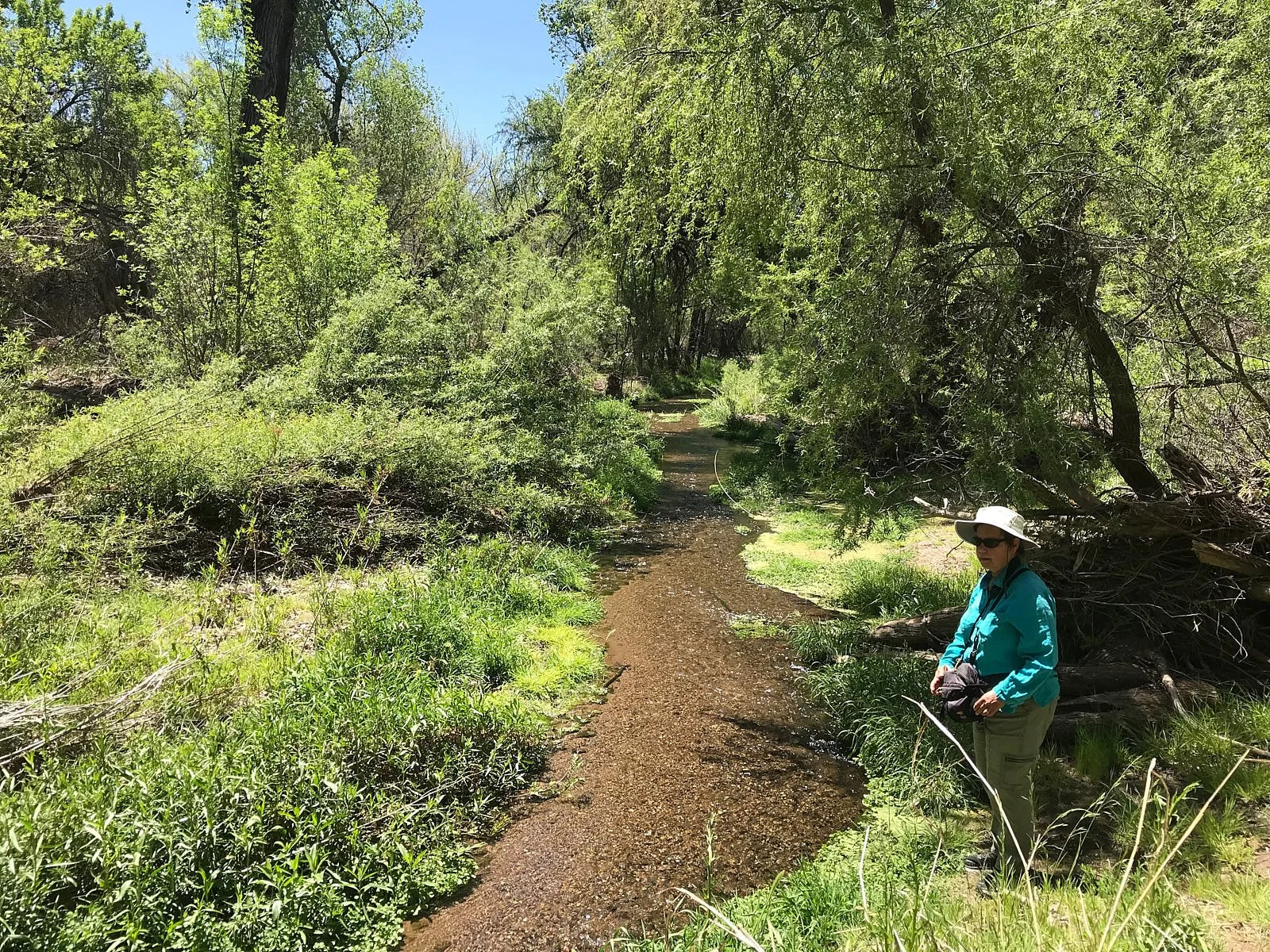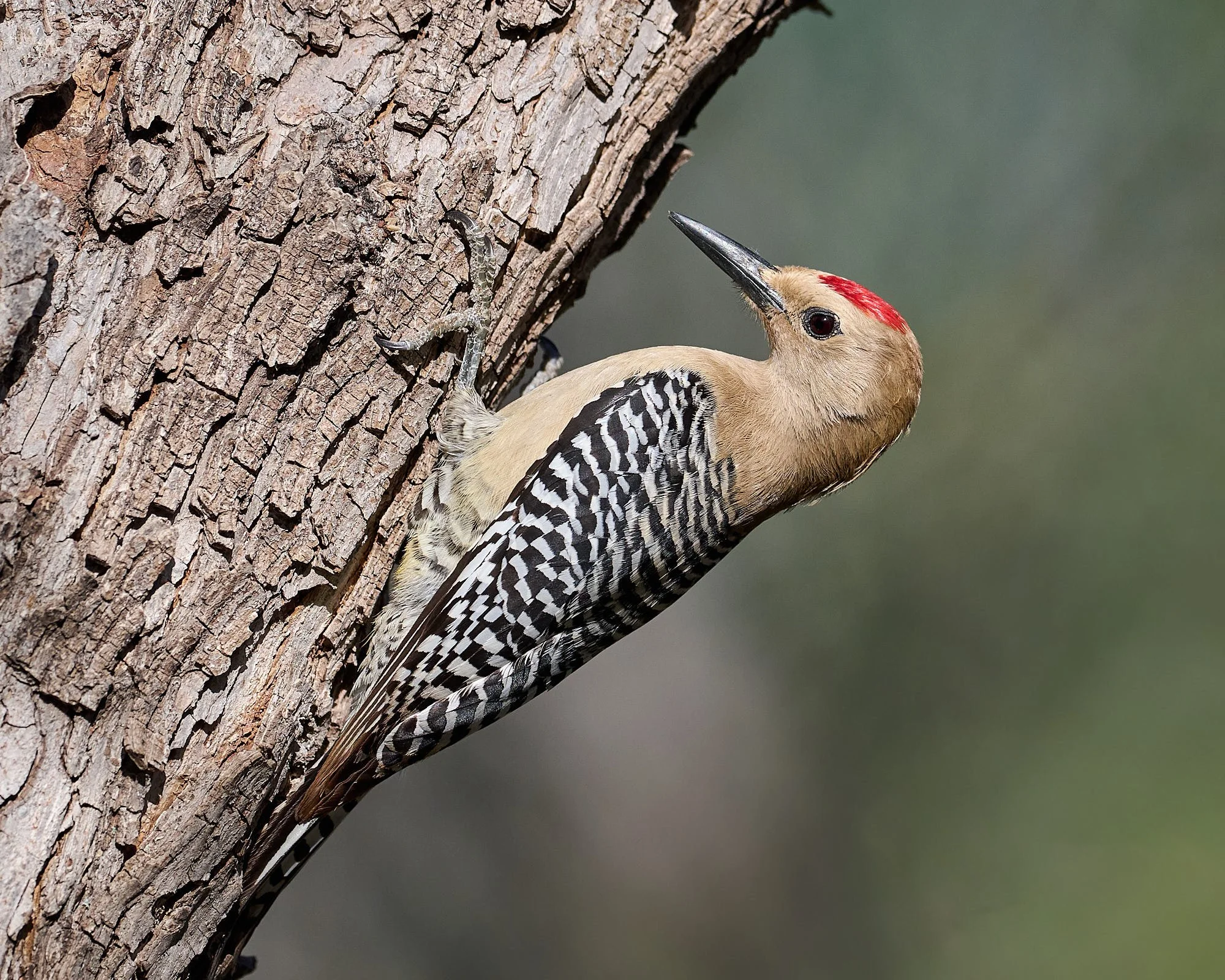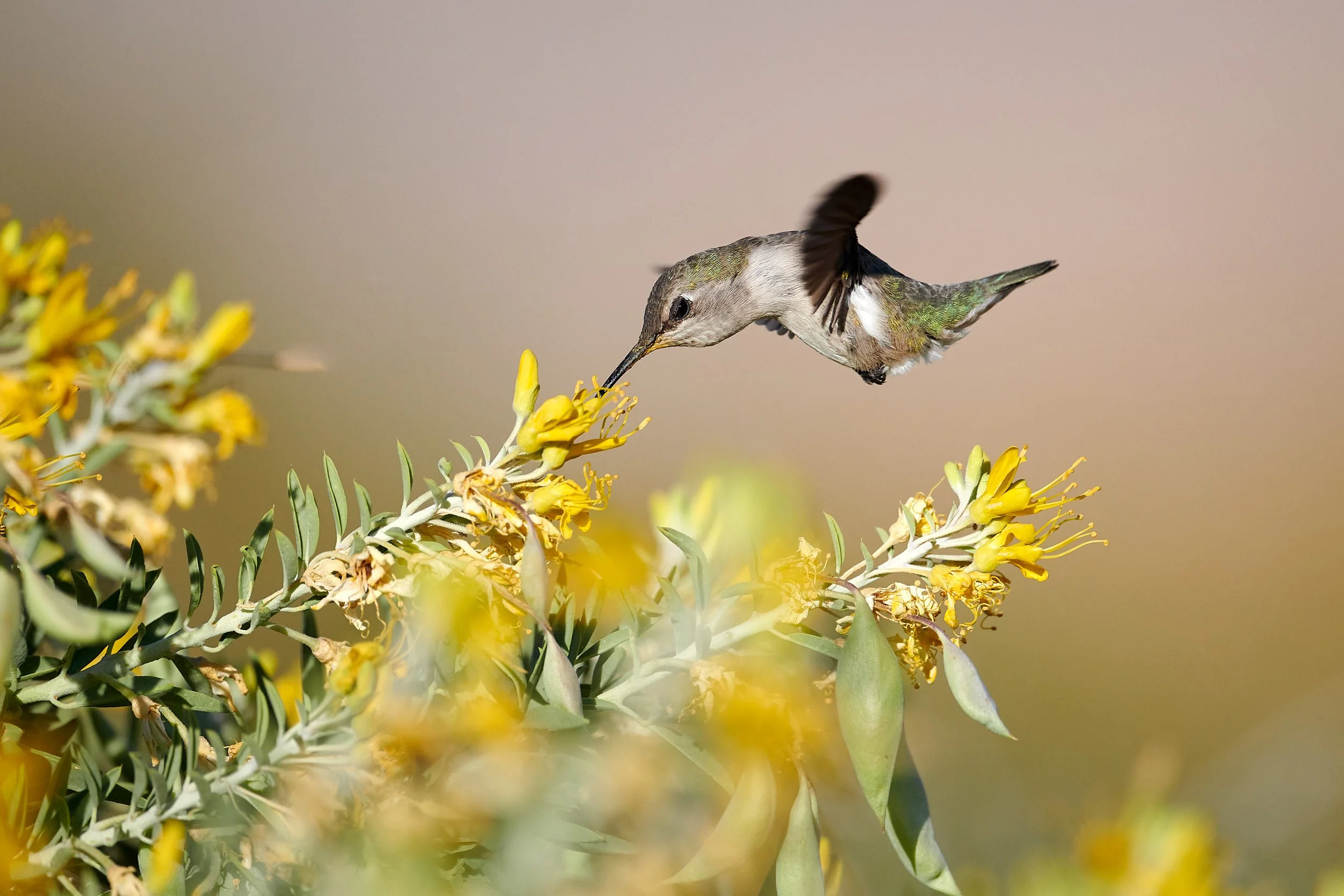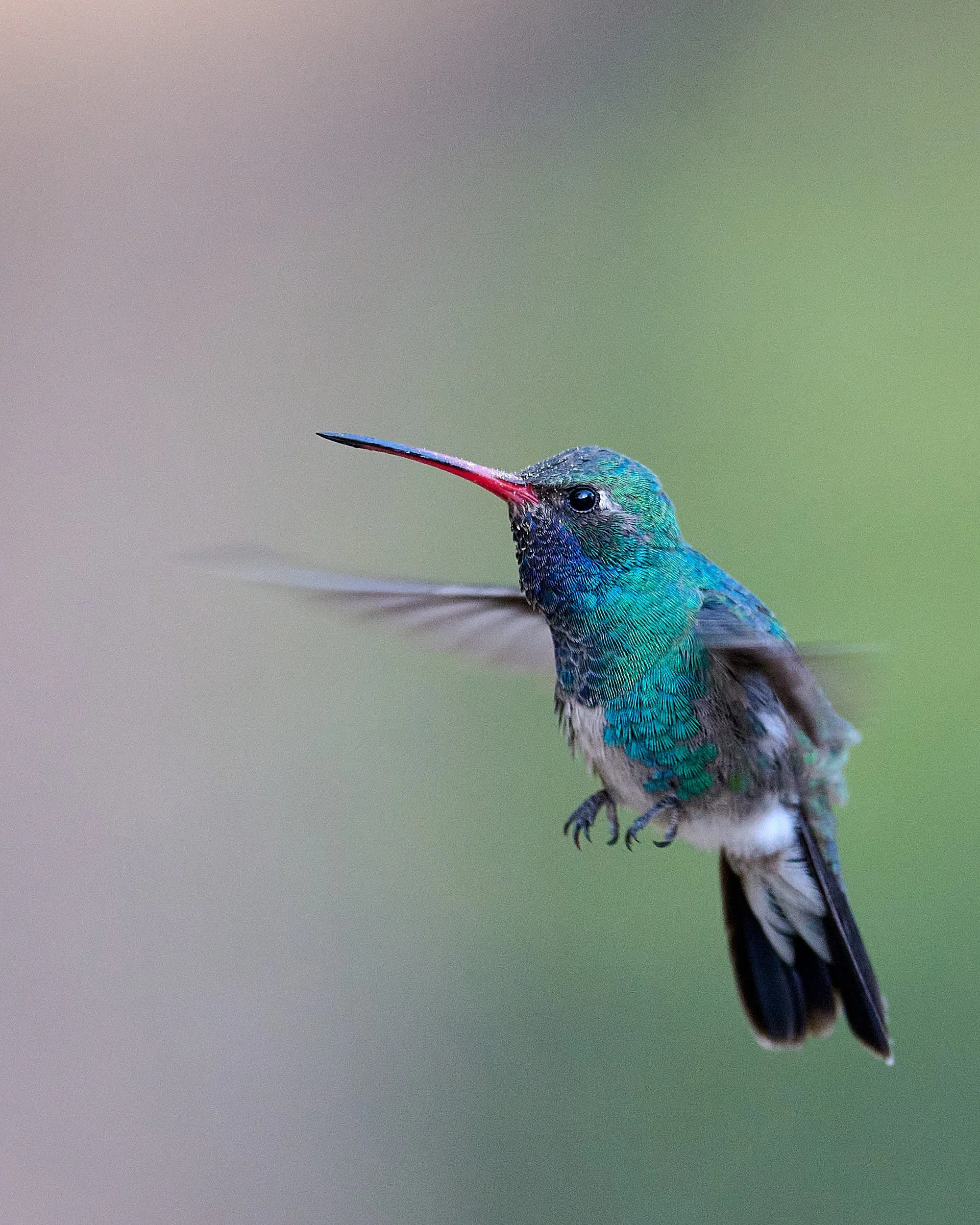Travels in the Southwest: March & April, 2023 (#5)
Section #5
(Too much fun for just one blog post)
Theme #5: Southwest Life
Barrel cactus spp.
Anna’s Hummingbird on Bladder Pod.
Fan Palms, Joshua Tree National Park.
Male Broad-billed Hummingbird
Ocotillo.
Bernal Diaz del Castillo.
“We came here to serve God and His Majesty and also so we could have riches.”
Conquistador and chronicler of the Coronado Expedition, 1540-1542.
Organ Mountains, New Mexico
Coronado National Memorial, Arizona.
Southwest life: Traditions beyond borders
Aguirre Springs, New Mexico
Aguirre Spring National Recreation Area is located on the east side of the Organ Mountains, east of Las Cruces in Doña Ana County. Aguirre Spring campground lies within a semicircle of Chihuahuan Desert habitat that is backed by the dramatic needle-like spires of the Organ Mountains. Alligator juniper, gray oak, mountain mahogany and sotol adorn the hillsides. At nearly 5,000 feet, the campground is a cool refuge during summer.
Fiesta
We arrived there a few days before the Easter weekend and were advised that the campground may become busy. That was an understatement. It is an annual tradition among Spanish-speaking residents of Las Cruces to celebrate Easter at Aguirre Springs. A deluge of vehicles arrived, every campsite sported numerous tents and still more squeezed optimistically into half-spaces. Music swirled around us, dogs and children played in the road and a festival atmosphere prevailed. People were considerate, having fun and enjoying the gathering of extended families. We felt transported south of the border.
Trails ascend the hillsides, delivering expansive views of the Tularosa Basin and the White Sands missile testing range.
Southwest life: Art in the desert
During our travels we visited briefly at two towns that are known for their commitment to art.
Marfa, Texas
New York minimalist Donald Judd (1928-1994) moved to Marfa In the 1970s and procured several buildings for expansive sculpture installations. The works are a large-scale, multi-building museum now called The Chinati Foundation and with this impetus, Marfa has grown as an art community and quaint western town. Trevlyn explored many of the shops; Jumbo less so. The area is also well-known for the mysterious Marfa lights - which we did not see.
Chinati Foundation, Marfa (Photo: Chianti Foundation website)
Tubac, Arizona
Tubac is a historic settlement about an hour’s drive south of Tucson. In 1752, the Spanish established a fort (presidio) at Tubac, thereby facilitating settlement in the area and indigenous O’odham people were gathered at a nearby mission. With the King of Spain’s blessing, Lieutenant Colonel Juan Bautista de Anza departed from Tubac in 1775 with 240 people and nearly 1,000 head of livestock, on an expedition that reached San Francisco Bay. The colonists were an ethnically diverse mix of Native American, European, and African people and included 30 soldiers, their wives, and more than 100 children. Eight women were pregnant at the outset of the journey.
(Photo: Tubac website.)
After a period as a mining boom town in the late 1850s, Tubac remained a small rural community until the mid 20th century when Dale Nichols, an American landscape artist (1904-1995), arrived. With his influence, the town grew as an art center and now boasts a thriving commercial center with art galleries, museums, music, craft shops and jewelry stores. The Presidio is Arizona’s first State Park.
We acquired several pottery pieces - including the bowl shown below.
Arivaca
Drive south from Tucson on highway 19 for about 40 miles, then turn right at the Longhorn Grill (you can’t miss it) and continue on for half an hour to Arivaca village.
It has a favorite stop of ours - La Gitana Cantina and Café. It has served the local community for a very long time.
Southwest life: Migrants (old and new)
Coronado National Memorial
Coronado National Memorial lies at the southern end of Arizona’s Huachuca range. The Memorial was established in 1952 to commemorate the Coronado Expedition of 1540-1542. The epic journey of these migrants is outlined below.
The armed expedition, led by captain general Francisco Vázquez de Coronado, consisted of over 300 Europeans, over 1000 Aztec/Mexica allies, a handful of Franciscan priests, and scores of servants and enslaved peoples.
Their incursion irrevocably altered the lives of the region’s indigenous peoples, initiating a period of cultural collapse and cultural fusion.
(From Memorial website)
Montezuma Pass
The Memorial merits another visit from us because of its interesting history, impressive topography and rich biodiversity.
We continued along Forest Road 61, a winding dirt road that climbs up to Montezuma Pass, with the intent of remote camping somewhere beyond the pass in the Coronado National Forest for four days.
Border Patrol
During our entire Southwest journey, we were probably no further than 80 miles from the US/Mexican border and quite often saw Border Patrol personnel. They told us that the border around Montezuma Pass was frequently used for crossings by undocumented migrants. Activity is monitored by high-tech equipment and local Patrol units.
Border wall
In this area, an illegal and ineffectual Trump-era wall of shipping containers was recently removed from Coronado National Forest land. The cost to taxpayers was estimated at $76 million.
“Life on the Border”: from Coronado National Memorial.
Modern migrants
Illegal immigration is a complex topic. Ajo artist Tom Kiefer creates work from material that migrants have discarded. Like many others, we are sympathetic to the plight of migrants who leave their homeland and endure great hardships in the pursuit of a better life. USA immigration processes seem inadequate to the task at hand and it appears that US politicians have little enthusiasm for addressing the issue in a bipartisan fashion.
It is predicted that 1.2 billion people will be displaced by 2050. There are many factors involved in the decision to migrate. Climate change is one of them and it also influences some of the other factors (e.g.: socio-economic issues).
We were advised that migrants avoid people because they hope to remain undetected. However, we wondered how they may react if discovered (for example: when stumbling into our bush camp). After discussion, we took a rough track into Ida Canyon, set camp, locked the Sportsmobile and went for an afternoon hike into the hills. Saw Hutton’s Vireo, Grace’s Warbler and heard a Screech Owl that night.
But we felt uneasy and moved on in the morning.
Madrean pine-oak woodland in Huachuca range.
Southwest life: Endurance
Arizona Trail
The Arizona National Scenic Trail is a 800-mile non-motorized path stretching across Arizona from Mexico to Utah. It links deserts, mountains, canyons, forests, history, communities and people.
We remote camped near the trail as it snakes through the Santa Rita Mountains. Most days, a few hikers passed by – some the archetypal robust hiker, others were late middle-aged and perhaps nursing an injury or two.
All seemed content to continue.
Ophir Canyon, Santa Rita Mountains, Arizona
From our creek-side camp, we spent a few days exploring the area. The slopes east of the Santa Rita Mountains consists of rolling hills of open grassland interspersed with oak-wooded ravines. Hiking cross-country was not difficult.
Birding was fun, including a grand view of the elusive Montezuma Quail - a new species for us.
Canyon Towhee
Spotted Towhee
Brown-crested Flycatcher (maybe)
Southwest life: Community
Patagonia, Arizona
One major travel perk is the opportunity to link up with good friends. We visited A, J & T in Ajo and M & J in Tucson. In both places, there was a sense of community, people caring for each other.
This spirit was also evident in Patogonia, where we stayed at a small RV campground – Sanctuary at Sonoita Creek – and were warmly welcomed into the owners’ (K & M) circle of friends.
The shared energy was obvious and a powerful reminder to us to remain optimistic – even in this time of uncompromising politics, war mongering, environmental degradation and climate inaction.
Birds, bakery and the blues
After birding, we sipped delicious coffee at Gathering Grounds and enjoyed a musical afternoon listening to local artists.
Southwest life: Habitat restoration
Making a difference
We were able to spend time at two initiatives that are engaged in habitat restoration and preservation.
Patagonia-Sonoita Creek Preserve is small (873 acres) and run by a global environmental non-profit (The Nature Conservancy).
Buenos Aires is huge (117,464 acres) and under US Fish and Wildlife Service management.
Both programs have the overarching goal of preserving biodiversity.
Patagonia-Sonoita Creek Preserve, Arizona
We spoke to a restoration ecologist (A.M.) at Patagonia-Sonoita Creek Preserve. He said the biggest immediate challenge is removal of invasive non-natives, with four species being top priority: Vinca, Arundo (Giant Cane), Tree of Heaven & Johnson grass. The Conservancy has not had concerted efforts at non-native control for many years & the prairie grasses are almost all exotic species. He plans to use mechanical & chemical removal (“nuke” the pasture) and then incrementally introduce native grasses.
A medium-term challenge is the imminent opening of a large mining operation in the hills to the south of the Preserve. There is concern that the mine could alter the hydrological system, with adverse implications to Sonoita Creek. The creek is the lifeblood of the preserve. If it deteriorates, much will decline. Volunteers (including KS of the RV campground) are monitoring the creek to document baseline conditions.
Tucson Audubon Paton Center
The Paton Center for Hummingbirds adjourns Patogonia-Sonoita Creek Preserve and is a short walk from our RV campground. The center is “dedicated to the celebration and conservation of hummingbirds—and all of southeast Arizona’s astounding biodiversity—through recreation, education, and sustainable living”. 247 bird species have been recorded. The Center is a delight to visit. Staff have created diverse habitats for the birds and maintain many feeders. The resident expert is an excellent teacher.
1st row: Left - Abert’s Towhee; Right - Bewick’s Wren.
2nd row: Left - Summer Tanager; Right - Curve-billed Thrasher.
3rd row: Left - Inca Dove; Right - Male Gila Woodpecker.
4th row: Left - Violet-crowned Hummingbird; Right - Broad-tailed Hummingbird.
5th row: Left - Gambel’s Quail; Right - Female Anna’s Hummingbird.
6th row: Left - Male Anna’s Hummingbird; Right - Female Anna’s Hummingbird.
1st row: Left - Female Ladder-backed Woodpecker; Right - Curve-billed Thrasher.
2nd row: Left - Gambel’s Quail; Right - White-winged Dove.
3rd row: Left - Female Gila Woodpecker; Right - Pine Siskin.
4th row: Left - Male Ladder-backed Woodpecker; Right - White-breasted Nuthatch.
Buenos Aires National Wildlife Refuge, Arizona
Buenos Aires NWR has several interdependent biotic communities, including semi-desert grasslands, riverine woodland, wetlands and an unique volcanic canyon (Brown Canyon, in the foothills of the Baboquivari mountains) that supports a distinct variety of “sky island” plants and animals. The Refuge was established in 1985 for the reintroduction of Masked Bobwhite Quail, and to restore the natural landscapes and native wildlife that depend upon it.
Baboquivari mountain range
We camped at one of the many designated remote sites, viewed the quail breeding enclosure and enjoyed a long conversation with the docent staffing the Visitor Center. She explained that Pedro Aguirre, Jr. built a homestead on the site of the Refuge in 1864 and named it Buenos Ayres, or "good air," because of the constant winds. Later, he relocated to the Las Cruces area of New Mexico and his family name is attached to the springs we visited there.
1st row: Left - Camp view; Right - Camp at dawn.
2nd row: Left - Visitor Center; Right - Barn Swallow nesting at Visitor Center.
3rd row: Left - Grassland management; Right - Buenos Aires prairie, greening up after a prescribed burn.
4th row: Left - The bird of interest; Right - Painting of Masked Bobwhite Quail at Visitor Center.
5th row: Left - Surprise! An African cat touring America; Right - Very, very occasionally, a jaguar may enter from Mexico - and be shot.
Southwest life: Tourism
Joshua Tree National Park
We stayed at Cottonwood campground and spent a day exploring the nearby fan palm oasis.
Like many iconic western national parks, Joshua Tree is a very popular destination. Interacting with fellow hominoids is a bonus to the overall experience.
1st row: Left - Spring wildflowers in wash; Right - Oasis wash.
2nd row: Left - Thought it was a Zebra-tailed Lizard, but now I’m unsure; Right - Indigo bush.
3rd row: Left - Silver cholla; Right - Desert lavender.
4th row: Left - Hedgehog cactus spp; Right - Lycium cooperi.
5th row: Left - Chia; Right - Fan palm.
6th row: Left - Nama demissum; Right - Desert dandelion.
A Climate and Ecological Crisis: Frogs in hot water
July 2023 will be the world’s hottest month ever recorded. Meanwhile, Canada’s ongoing forest fires will emit more carbon emissions this year than all of its other human and industrial activities combined. But, to date, our president has resisted declaring a climate emergency, which would allow him to restrict some trade in fossil fuels and make funds available so that states can build out renewable energy faster—maybe even fast enough to start catching up with the escalating velocity of global heating.
Male Broad-billed Hummingbird
Scientific research and expert opinion indicate that the world is rapidly heading towards a depauperate state. There will be fewer functioning ecosystems and diminished diversity of species. Dire events of fire, wind, heat, sea-level, rain, disease and famine will increase and more people will be forced to leave their homes and migrate. The habitable pie is getting smaller and amicable apportionment of slices appears unlikely. Society’s current systems are unsustainable and will, at some point, have to change. I suppose some type of revolution is likely – perhaps non-violent, perhaps not – and I fear for the future of today’s children.
Male and female Broad-billed Hummingbirds
What can we, as individuals, do?
Male Broad-billed Hummingbird
Greta Thunberg offers “a list of actions that some of us can take, if we want to”.
Educate yourself about the full extent of the climate and sustainability crisis.
Become a non-violent activist. This is the most effective way to fight the crisis.
Defend democracy.
Become politically active.
Talk about the climate and sustainability crisis.
Amplify the voices on the front lines – the people most affected in the most affected areas.
Avoid culture wars. There is no single solution that by itself will come close to making a significant dent in our emissions curve. Focus on the full picture.
Shift towards a plant-based diet.
Be skeptical of emissions data – a large amount of our emissions have been negotiated out of our climate frameworks (e.g.: consumption of imported goods, biogenic emissions, exports, methane leaks, and emissions by the military, international aviation and shipping).
Stay on the ground (limit your airline travel).
Buy less and use less.
From: The Climate Book. Ed. G. Thunberg. Penguin Press, New York, 2023.
The Lives of Birds. By John Kooistra
Birds wake at dawn.
Those with the voice for it sing
and maybe court a little
before dropping in at the bird bath.
After avian chit-chat
they fly off here and there,
the charmed ones
avoiding windows and raptors
as they grub
for seeds and insects
with no realization
of the immense odds
survived on the long journey
to this morning
and the caterpillar
whose luck just ran out.





